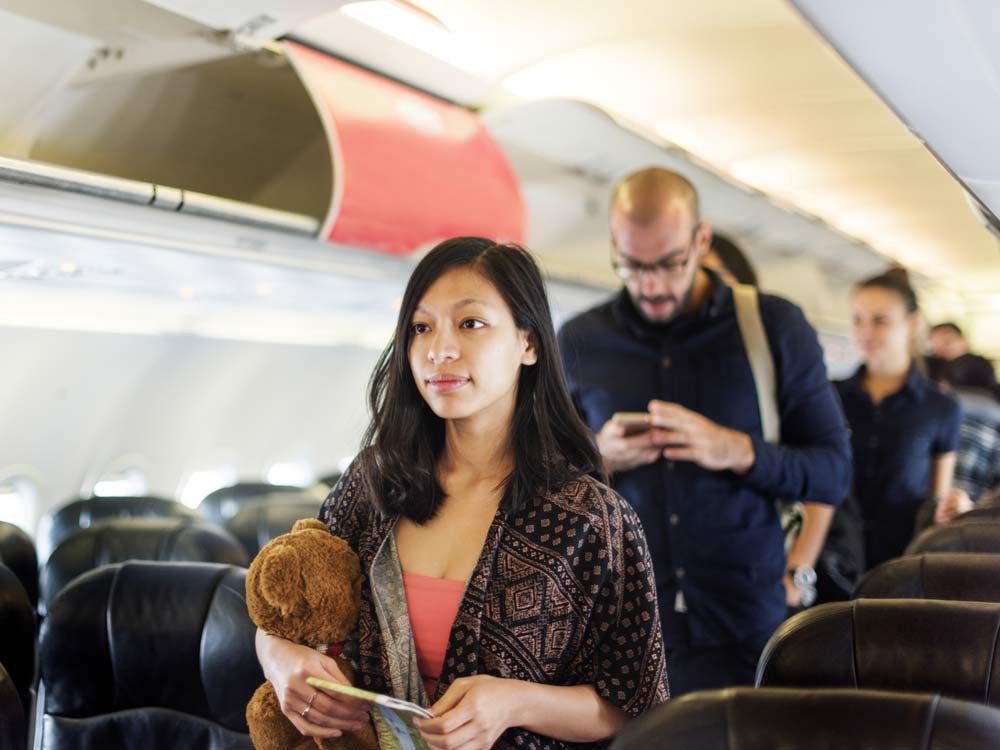
1. Make the Best of Getting Bumped
If your flight is overbooked, don’t accept the first voucher you’re offered. “The plane can’t take off with an extra person,” says Melanie N., who works for a charter airline in Canada. Canadian airlines typically increase incentives until they have enough volunteers willing to give up seats. If you’re bumped involuntarily, insist on cash compensation instead of a travel credit (many companies will reimburse you at the airport).
Here are five ways to get through a terminal with minimal fuss.
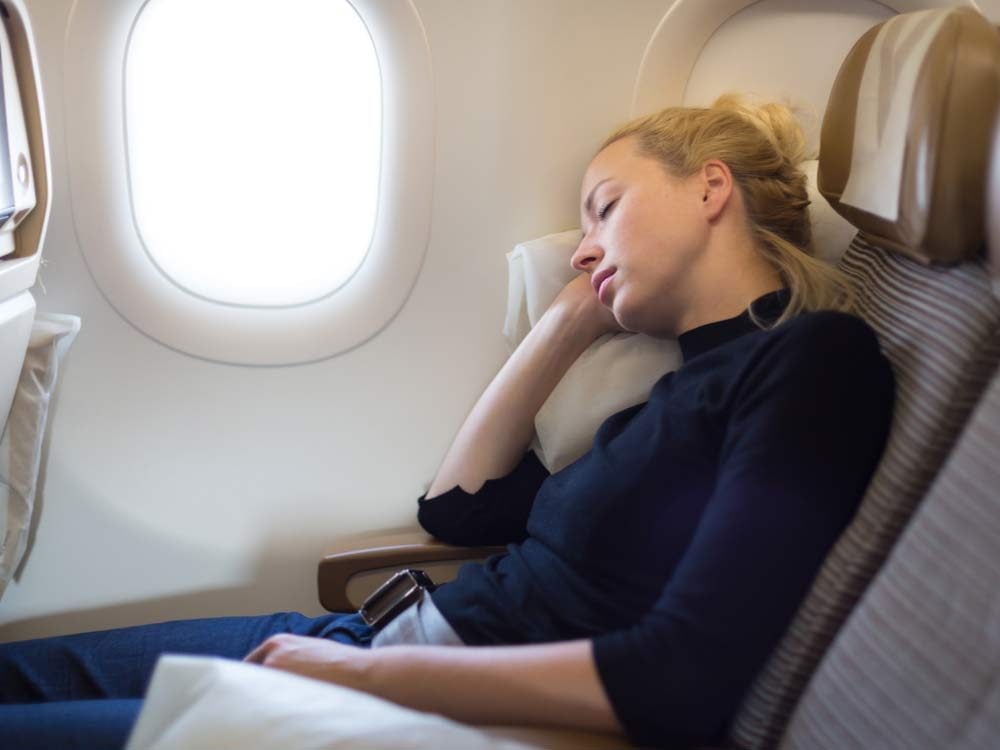
2. The Reasons for Some Safety Protocols May Surprise You
Here’s what safety demos don’t say: staff dim cabin lights at night so your eyes are adjusted to the dark if you need to find a way out. Tray tables must be folded at take-off and landing so passengers can escape if necessary. And you should open your window shade, so if there’s a crash, emergency crews will be able to see in and you’ll be able to assess potential danger outside.
These facts about flying will help you stay calm on your next flight.
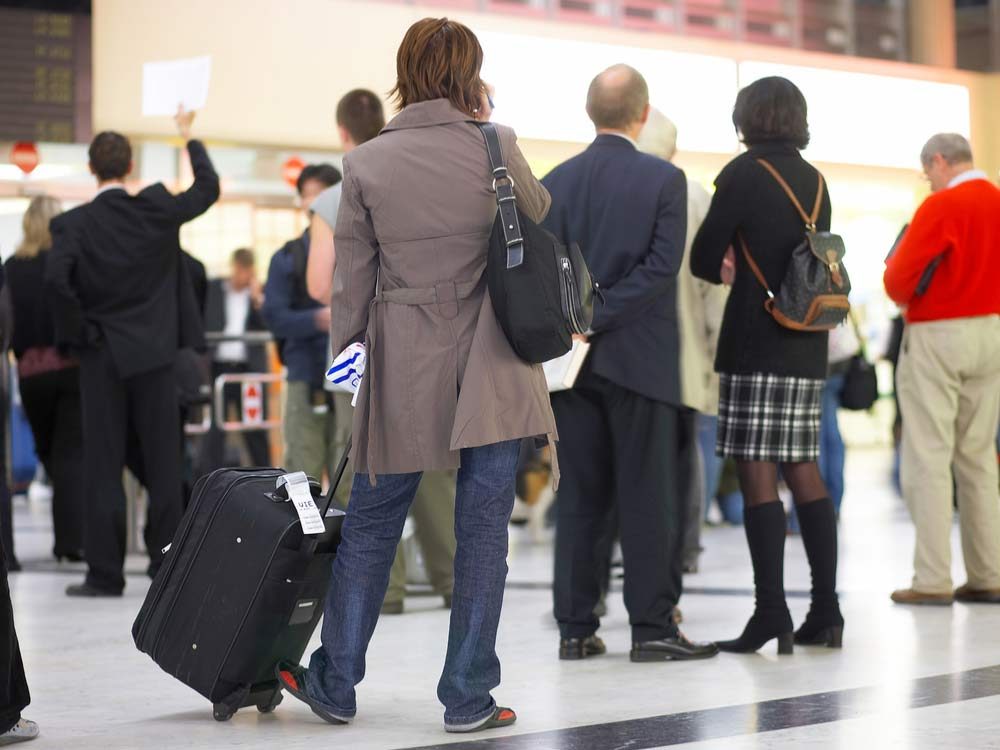
3. Canadian Airlines Sometimes Reimburse for Delays
If your flight is delayed, check your airline’s policy, otherwise known as a tariff—they might be required to provide you with meal vouchers and accommodation or, depending on where you’re flying from, even cash compensation (the EU, for example, mandates customers be reimbursed in cash).
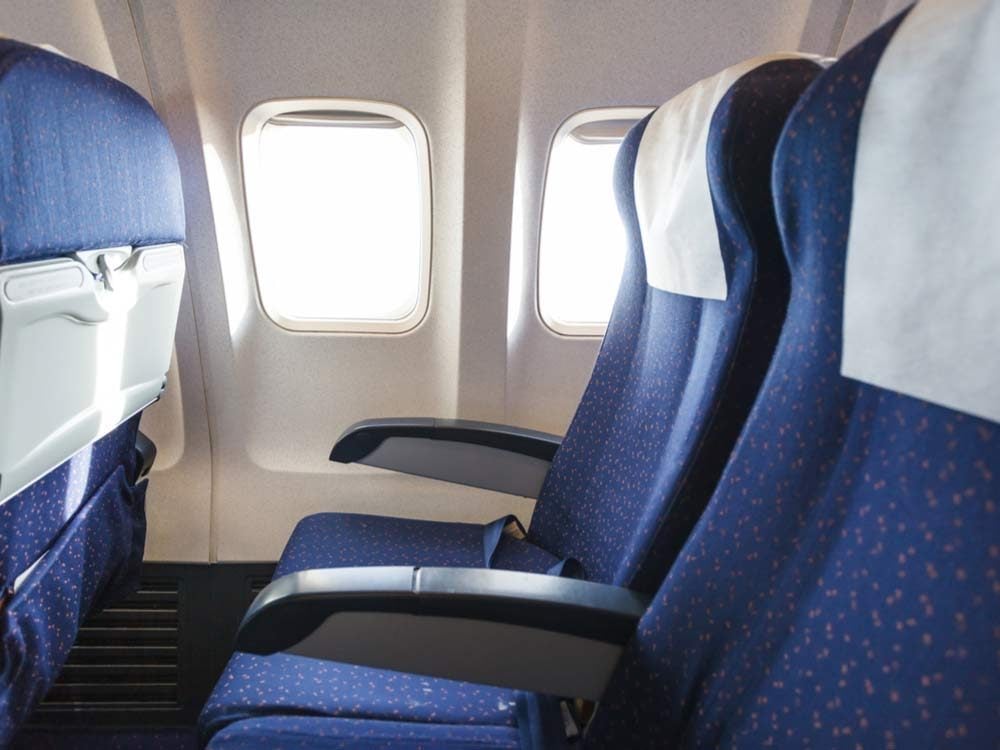
4. Book Seats One at a Time
If you book a group trip, look for one ticket at a time. If you search for, say, four tickets, and there are only three available at the lowest fare, all four are bumped to a higher price bracket.
Every frequent flyer should have these eight accessories.
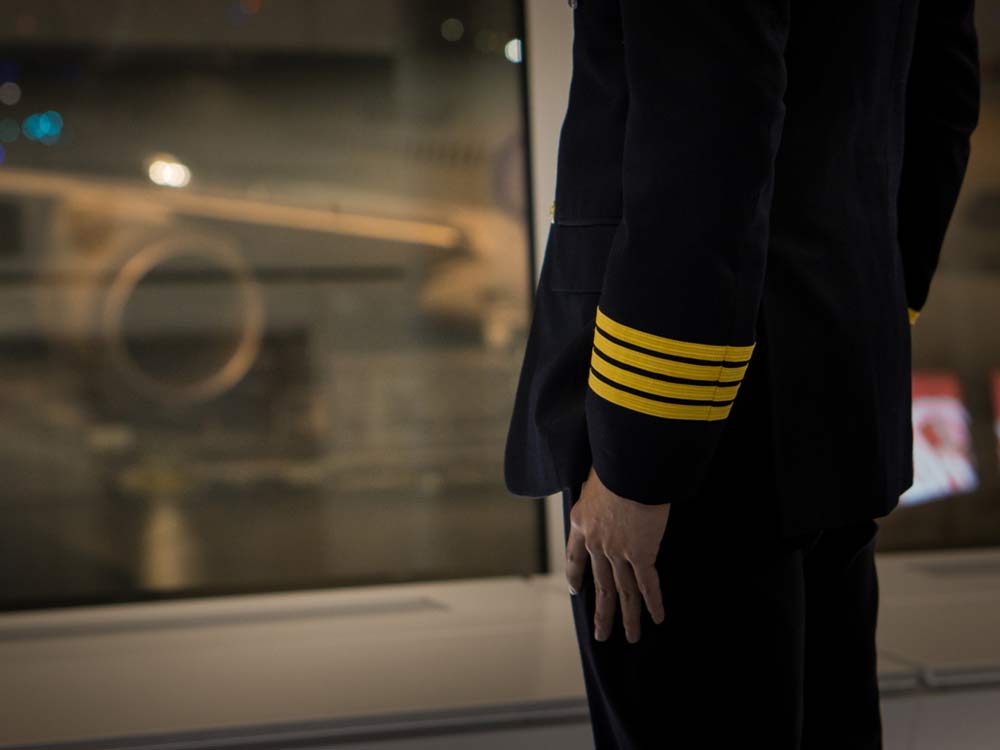
5. Pilots Have Strict Eating Habits
Airlines usually don’t allow two pilots flying together to eat the same meal on-board—and they’re required to eat half an hour apart. No one wants both pilots to be doubled over with food poisoning.
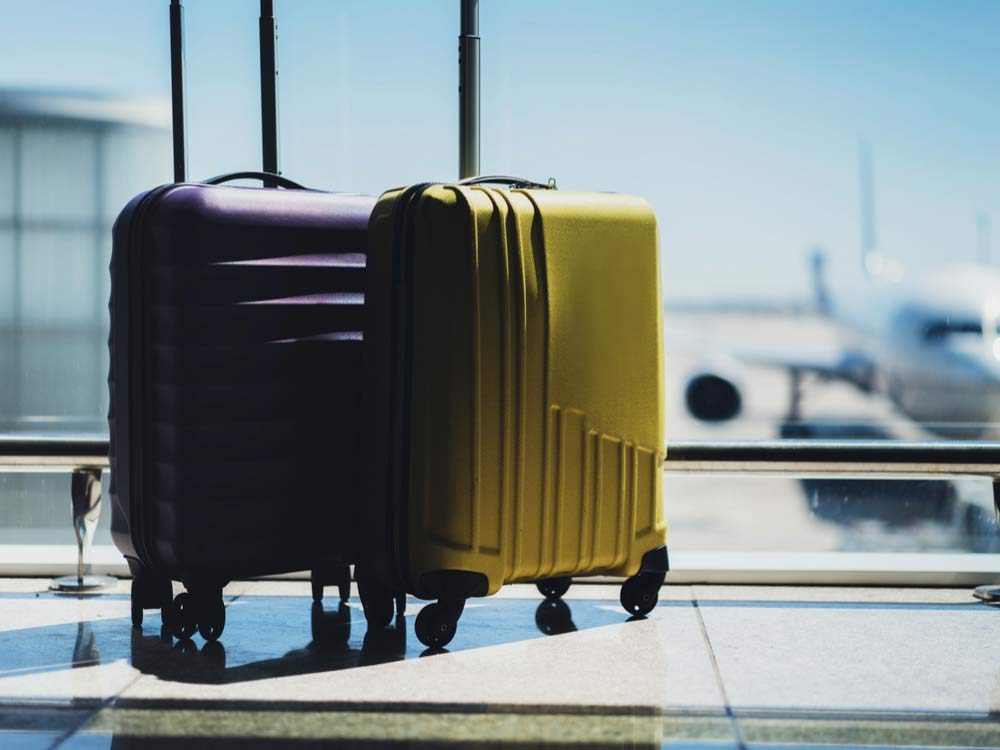
6. Report Lost Luggage Right Away
Luggage didn’t arrive with you? Make a claim before you leave the airport, where you can talk to an airline representative in person. Some airlines will refund your baggage fee, and most will deliver your luggage when it arrives.
Plus: 16 Airport Mistakes to Stop Making Before Your Next Flight
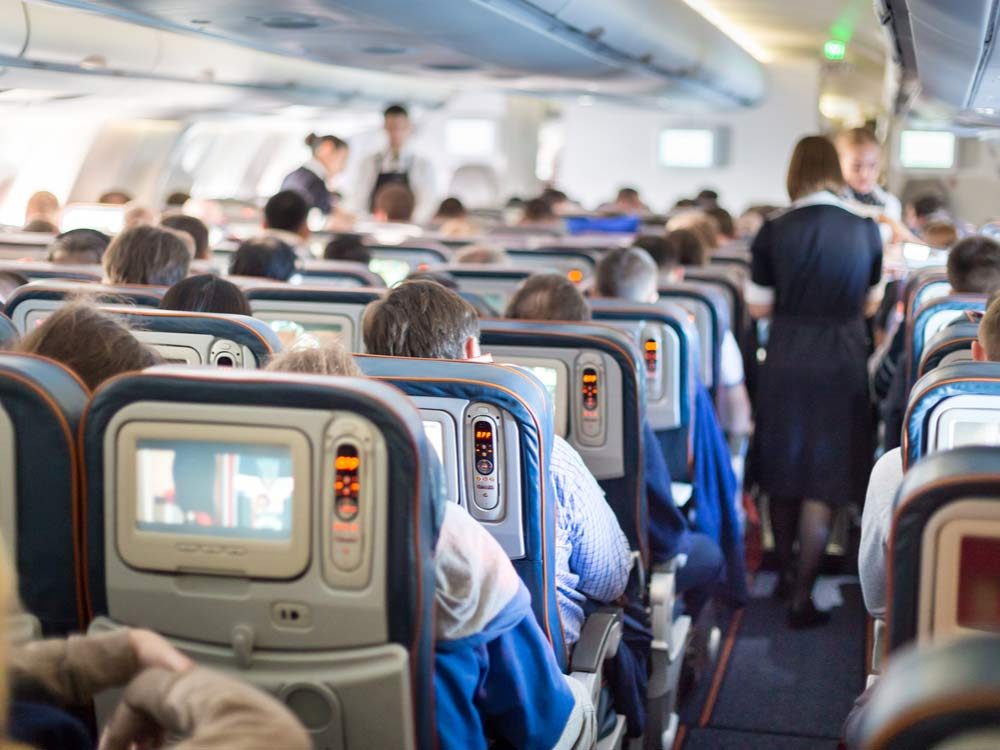
7. The Squeeze You’re Feeling is Real
You’re not imagining it: airplane seats really are getting tinier. In the Boeing 777s used for long-haul international flights, chairs recently shrank by one inch so airlines could fit an extra seat in each row.
Try these 5 Secrets to a More Comfortable Flight.
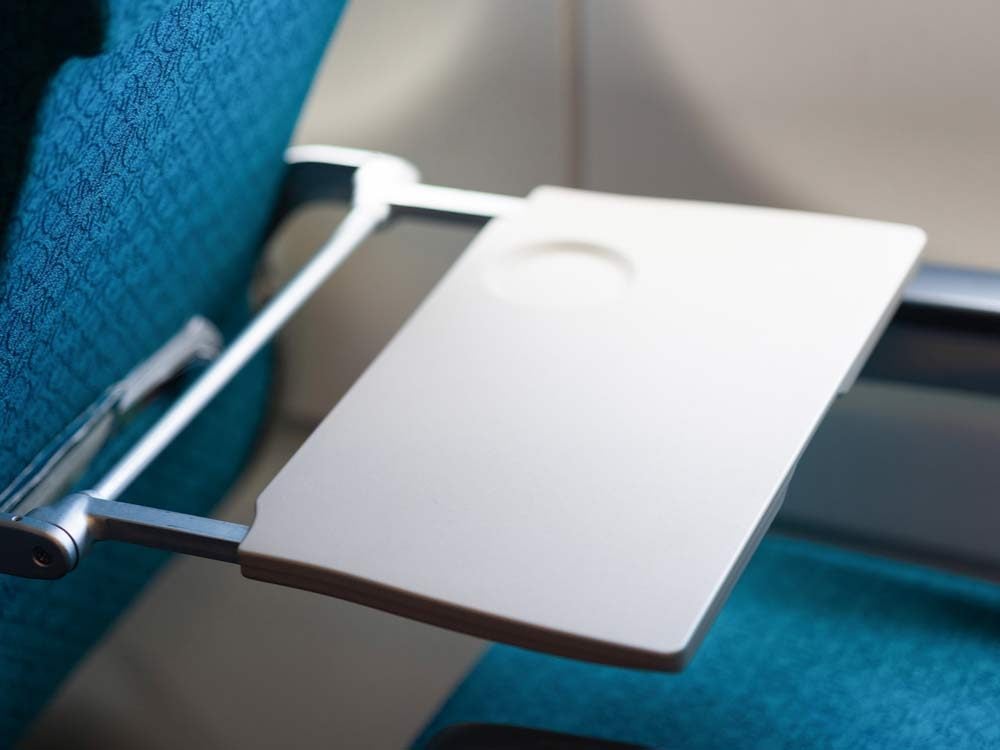
8. That Tray Table May Not Be as Clean as It Looks…
Most Canadian airlines try to wipe down tray tables between flights, but you never know who’s been in your seat, says Melanie N. Before you touch anything, clean the surface with sanitizing wipes.
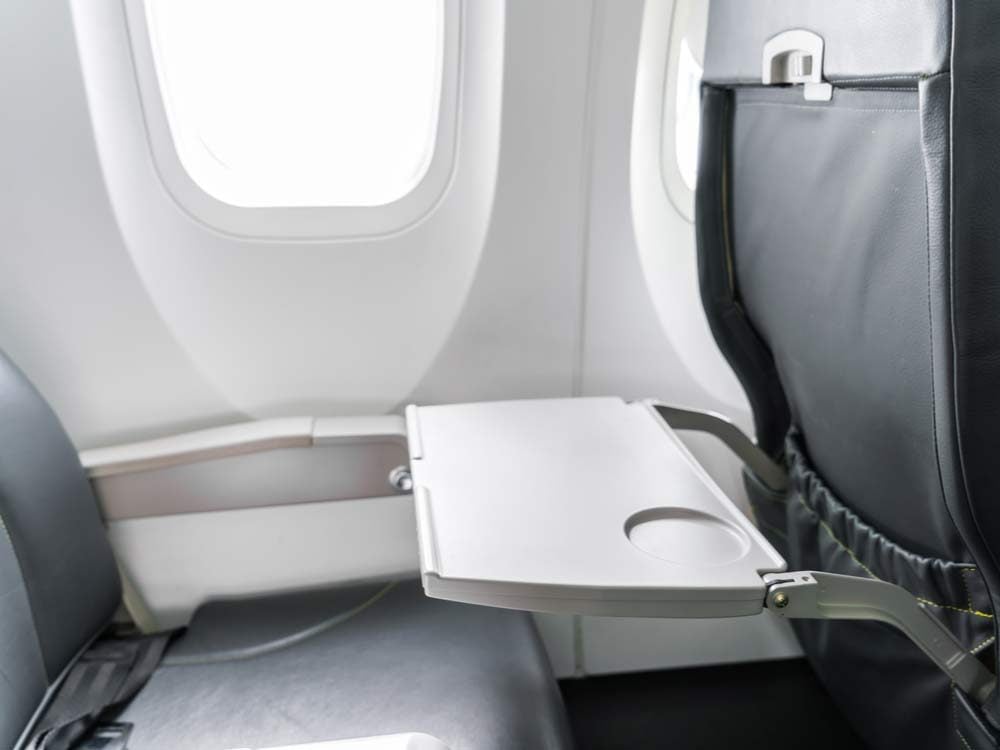
9. In Fact, People Have Used It for Strange Purposes Before
Speaking of tray tables, don’t change your baby there! Or on the seat. Every plane has at least one bathroom outfitted with a proper change table.
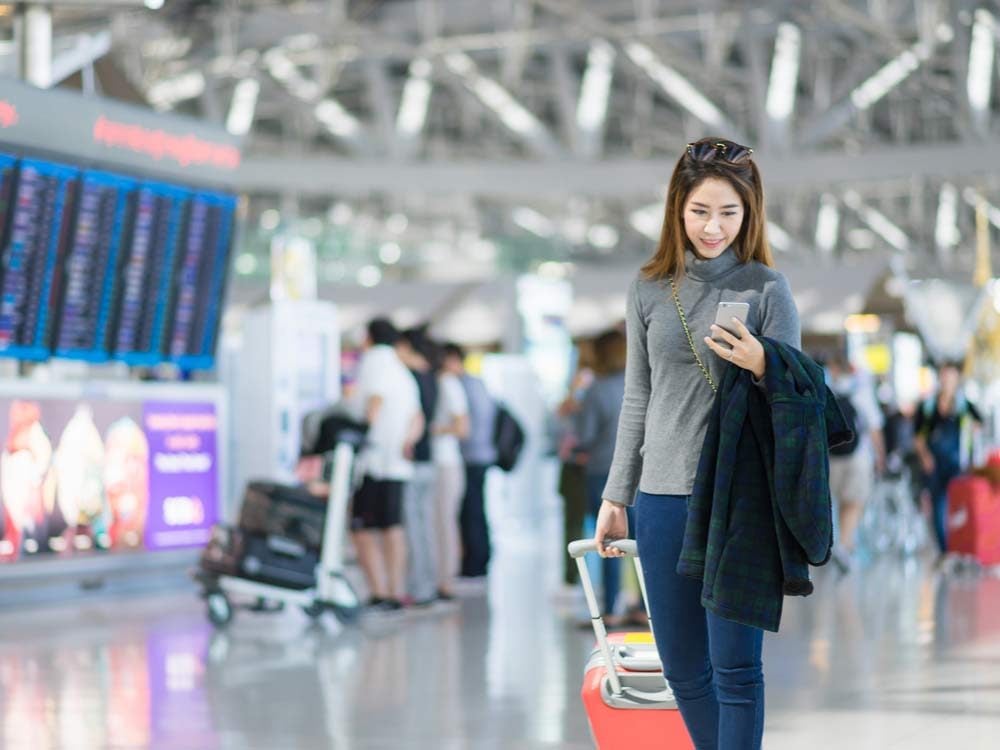
10. Dealing with a Cancellation? Pick Up the Phone
If your flight is cancelled, get in line at the ticket or gate counters—but also get on the phone. You’ll probably reach a phone agent before you reach the frazzled employee behind the desk.
Keep calm and read these 37 Stress Management Tips From the Experts.
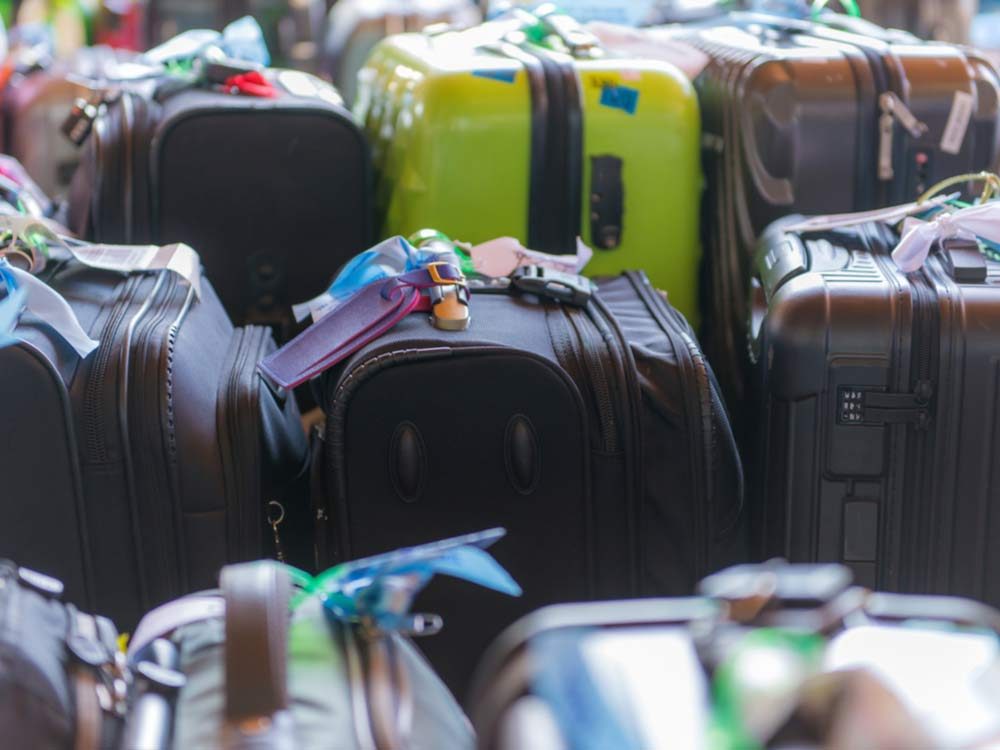
11. You Can Travel with More Than You Think
Flying with something out of the ordinary? You can probably bring your bicycle—or the fragile cello you don’t like to vacation without—but every airline has different regulations regarding how to transport large items like sporting goods and musical equipment. Make sure to check in advance.
Plus: 13 Unexpected Things You Can Bring on a Plane in Canada
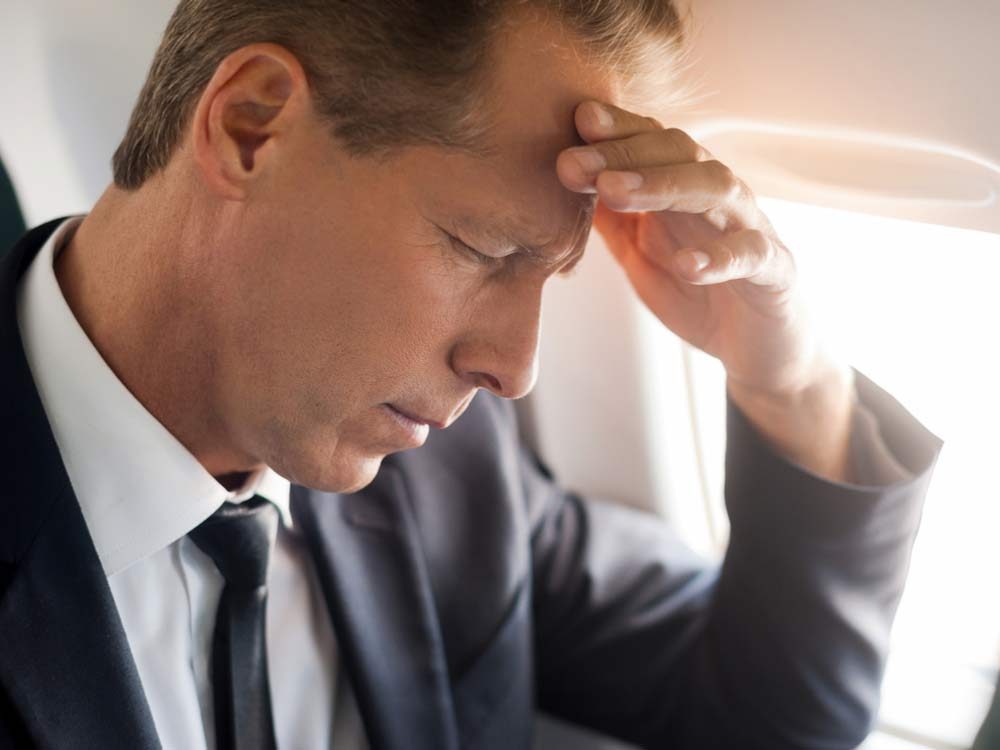
12. Some Canadian Airlines Offer Bereavement Rates
If you’re across the country when a loved one becomes gravely ill or dies, look into bereavement rates—WestJet and Air Canada both offer them.
Here are the secrets to successful last-minute travel.
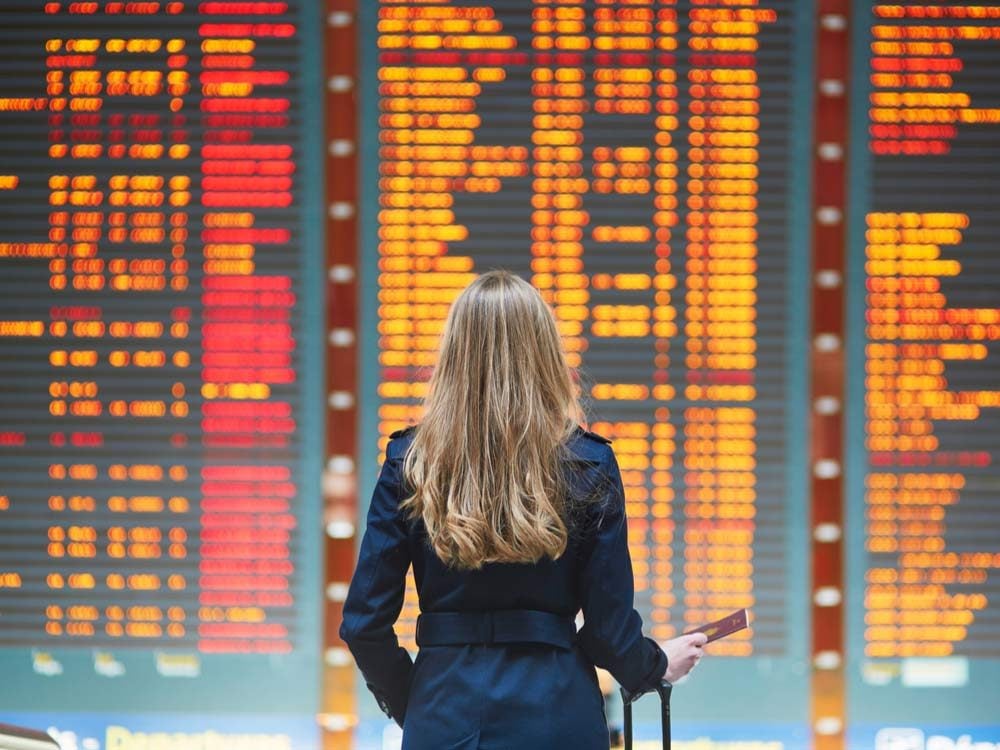
13. Know When to Check In
“Check in online 24 hours before a flight,” says Charles P., who works at a Canadian airline. “You’re able to pick a better seat.” Based on your airfare and the flight’s vacancy rate, you might be able to upgrade—say, to a seat in the emergency exit row, where there’s more legroom—at no added cost.